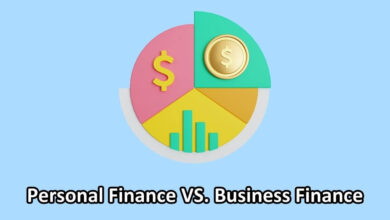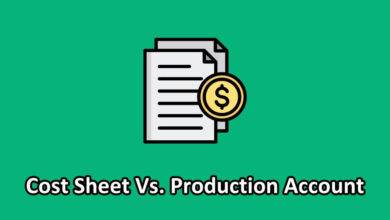Absolute poverty is the lack of income necessary to afford basic needs such as food, clothing, and shelter. Relative poverty is typically measured by comparing a person’s own income with the larger society around them. But this is not the only difference between them. To understand the complete difference between absolute and relative poverty, read out the following content and a table comparing them.
What is Absolute Poverty?
Absolute poverty is defined as the lack of certain resources, including food, shelter, clothing, and safe drinking water. Absolute poverty means not being able to afford the basic necessities of life. It is often measured by looking at the percentage of people who live below the poverty line. Moreover, absolute poverty may also include other factors such as poor health, lack of education, and lack of access to essential services.
What is Relative Poverty?
Relative poverty, on the other hand, is defined as the lack of resources in relation to others in society. Relative poverty means not having as much money or material possessions as other people in your community or country. It is often measured by looking at the percentage of people who earn less than half of the median income.
Absolute Vs Relative Poverty(Comparison Table)
This table will exactly compare absolute vs relative poverty.

6 Key Differences Between Absolute and Relative Poverty
This article contains six key distinctions between absolute poverty and relative poverty. They are as follows.
- Absolute poverty is defined as a household earning less than a certain threshold. This threshold is set by the World Bank and is currently $1.90 per day. Relative poverty, on the other hand, is defined as a household earning less than 60% of the median income in their country.
- Absolute poverty is measured in terms of income. On the other hand, relative poverty is measured in terms of consumption or expenditure.
- Absolute poverty is a global issue, i.e found in developing nations. On the other hand, relative poverty is mostly found in developed countries.
- Absolute poverty does not change over time. In contrast, relative poverty fluctuates over time as income and standard of living rise.
- The poverty line can be used to calculate absolute poverty. On the other hand, the Gini Coefficient and Lorenz Curve can be used to calculate relative poverty.
- There are different approaches to tackling each type of poverty. For example, one approach to tackling absolute poverty would be to provide
Conclusion
So, in conclusion, we can say that there are many different ways to measure poverty, which can make it difficult to compare rates across countries. However, the most common way to measure poverty is by looking at either absolute or relative poverty.
Absolute poverty is defined as the number of people living below a certain threshold, usually set at $1.90 per day. Relative poverty, on the other hand, looks at the percentage of people living below a certain percentage of the median income in their country.
Both measures have their advantages and disadvantages. Absolute poverty is a more direct measure of deprivation, as it looks at the number of people who cannot meet their basic needs. However, it does not take into account factors such as inequality and cost of living, which can vary greatly between countries.
Relative poverty is a better measure of socioeconomic disadvantage, as it accounts for these factors. However, it is less precise than absolute poverty and can fluctuate more from year to year. Overall, both measures are useful in understanding poverty levels across countries.
You Can Also Read:


One Comment